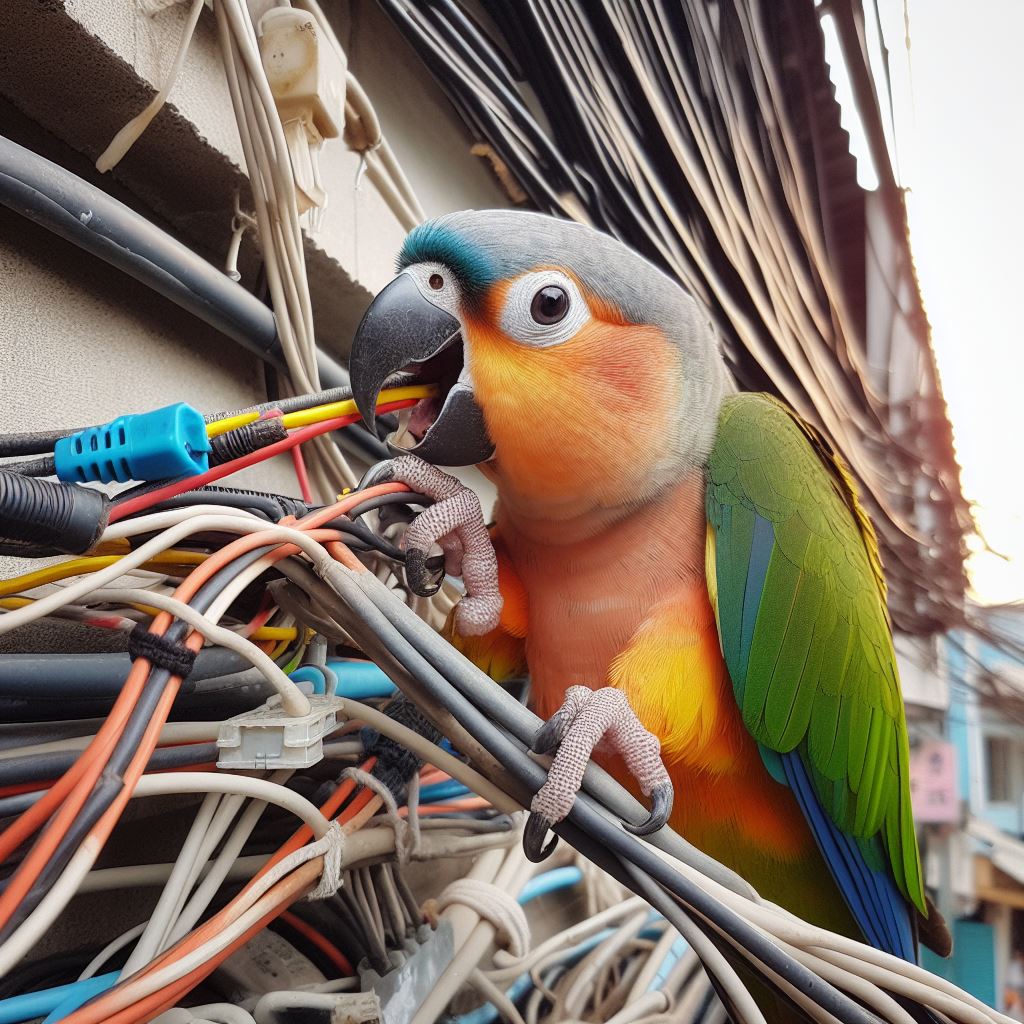Can Butterflies See Their Wings? Answering Nature’s Questions

Table of content:
- Where Are A Butterfly’s Eyes Located?
- Do Butterflies Have Good Eyesight?
- Can Butterflies See Color?
- What Is A Butterfly’s Field Of Vision?
- How Does A Butterfly See Its Surroundings?
- Can Butterflies See Their Own Wings?
- Do Butterflies Recognize Other Butterflies?
- How Do Butterflies Use Their Antennae?
- Do Butterflies Sleep?
- Conclusion
Butterflies are beautiful and fascinating creatures. Their colorful, patterned wings seem almost magical as they flutter through the air. But have you ever wondered – can butterflies see their wings? Where exactly are a butterfly’s eyes located and how does that impact what they see? In this article, we’ll explore butterfly vision and answers to common questions about how these insects perceive the world.
Where Are A Butterfly’s Eyes Located?
A butterfly’s eyes are compound eyes located on either side of the head. Compound eyes consist of thousands of individual visual receptors called ommatidia each perceives a tiny part of the visual field. Together, the ommatidia create a mosaic image that allows the butterfly to see a wide panoramic view.
Butterflies have two large compound eyes that make up most of their head and provide nearly 360-degree vision while enabling them to detect quick movements. They also have three small simple eyes located between the antennae called ocelli that sense light levels and detect motion.
Do Butterflies Have Good Eyesight?
Butterflies have excellent eyesight compared to humans. Their compound eyes allow them to see in all directions and quickly notice predators, food sources, potential mates, and other details in their environment.
Each ommatidium is like the pixel of an image. The more ommatidia a butterfly has, the better its eyesight. Some species like the Monarch butterfly have up to 17,000 ommatidia per eye, allowing them to see a wide range of color and fine details.
Butterflies can also see ultraviolet light, which human eyes cannot detect. Their perception extends into the ultraviolet spectrum, helping them locate nectar guides on flowers.
Can Butterflies See Color?
Yes, butterflies have color vision. Their compound eyes contain photoreceptors that are sensitive to different wavelengths of light. This allows them to discern color hues like red, blue, green, and ultraviolet.
Different butterfly species have varying types of photoreceptors suited to their environment. Butterflies active in low light conditions tend to be more sensitive to blue and ultraviolet hues. Butterflies like Swallowtails that are active during the day perceive a wide range of colors from red to violet.
The number of photoreceptor types also impacts the breadth of colors butterflies see. Monarch butterflies have trichromatic vision with three types of photoreceptors that allow them to distinguish reds, greens, and blues. Some species like the Small White butterfly even have pentachromatic vision with five photoreceptor types that enable them to see more distinct colors.
What Is A Butterfly’s Field Of Vision?
A butterfly’s compound eyes provide an expansive field of vision that allows it to see in all directions except for small blind spots behind and directly in front.
Each eye has a field of vision of about 180 degrees, with a slight overlap in front. This creates nearly 360-degree wraparound vision with just a small blind spot at the back.
Butterflies can also see above and below themselves. Their eyes are specialized to detect motion in all directions so they can quickly spot any threats. The wide visual field helps butterflies stay aware of their complex 3D environment while in flight.
How Does A Butterfly See Its Surroundings?
A butterfly’s panoramic vision gives it a mosaic view of its surroundings. Each ommatidium captures a small portion of the landscape. The input from thousands of ommatidia is integrated in the butterfly’s brain to create a full image.
While in flight, butterflies rely primarily on visual cues to understand their environment. Their eyes allow them to see patterns, shapes, colors, light, and motion from all angles except directly behind them. This aids navigation, finding food, and detecting potential dangers.
On the ground, a butterfly’s downward-facing eyes allow it to coordinate its legs to walk and climb plants. Its antennae also provide extra sensory information about the proximity of objects in their environment.
Can Butterflies See Their Own Wings?
Butterflies likely cannot see their entire wings or their upperwing patterns. Since their eyes are on the sides of the head, butterflies do not have a direct line of sight to observe their own wings.
However, butterflies may be able to see the edges of their forewings. The hindwings remain out of the field of vision, but the forewings come close to the head from certain angles. So butterflies can likely see some of the wing edges, though not the full surface.
Butterflies also cannot see what they look like from above or from another animal’s perspective. Their compound eyes don’t provide the binocular vision needed to see themselves as a whole. But their eyes do allow butterflies to coordinate precise wing movements and positioning.
Do Butterflies Recognize Other Butterflies?
Experts believe butterflies have the visual capacity to recognize other individual butterflies, especially species they frequently interact with.
Many experiments have shown butterflies distinguish between colors, patterns, and markings. Each butterfly species has a unique appearance. So it’s likely they can identify other members of their species and common locals by sight alone.
Some studies on Monarch butterflies have shown they may even be able to pick their own mate out of a group based on visual familiarity. There is still much to learn about butterfly cognition and visual memory capacities.
How Do Butterflies Use Their Antennae?
In addition to their eyes, butterflies use their antennae to collect sensory information about their environment. The antennae detect pheromones, scents, humidity, temperature, air movement, and vibrations.
Male butterflies use specialized antennal scales and sensilla to detect female pheromones for mating. Antennal receptors also help butterflies locate food sources by picking up scents.
The antennae sense air currents, which aids orientation during flight. They also detect vibrations from sound waves and touch to provide feedback about objects in close proximity. Overall, the antennae act as another crucial sensory organ.
Do Butterflies Sleep?
Yes, like most animals, butterflies sleep. They have periods of rest and inactivity during nighttime or cooler parts of the day.
During sleep, butterflies typically fold their wings together vertically above the body and remain very still. This limits sensory input and conserves energy. Their metabolism and temperature drop during these rest periods as well.
Butterflies need sleep to allow their brains to consolidate memories, store new information, and repair cells. Some research suggests they may get most deep sleep right after a big meal. Shorter naps also help butterflies restore energy levels quickly.
Conclusion
Butterfly vision is fascinating and allows these insects to thrive across many environments. Their large compound eyes give them excellent color vision and panoramic sight of their surroundings. While butterflies can’t see their entire wings, they have specialized eyes that support their complex 3D navigation and visual needs. Next time you see a butterfly fluttering about, consider just how different its viewpoint is compared to our own!
Welcome. I’m Adreena Shanum, the proud owner of this website, and I am incredibly passionate about animals, especially poultry. I founded adreenapets.com as a labor of love, stemming from my desire to share my knowledge and experiences with poultry enthusiasts worldwide.





